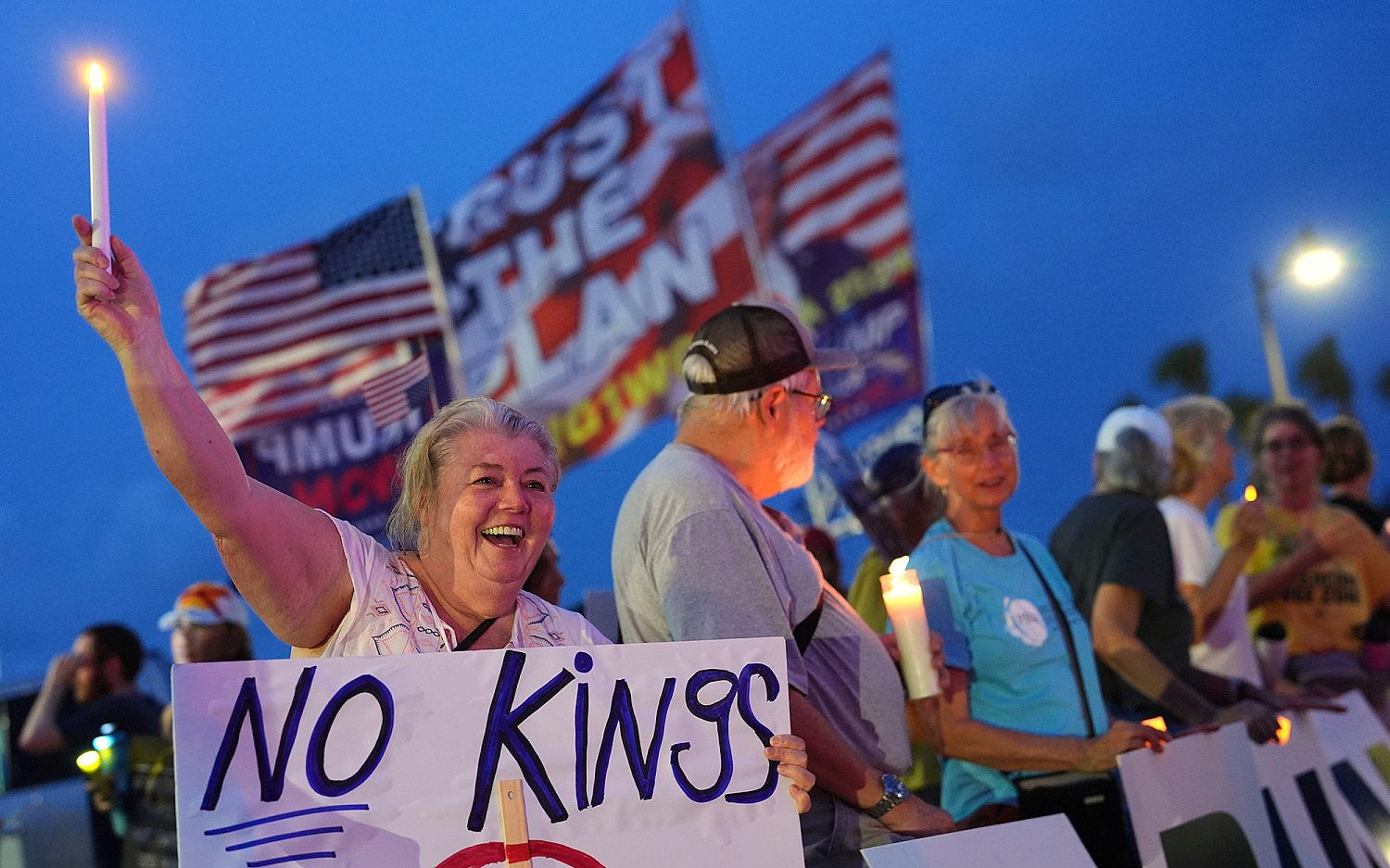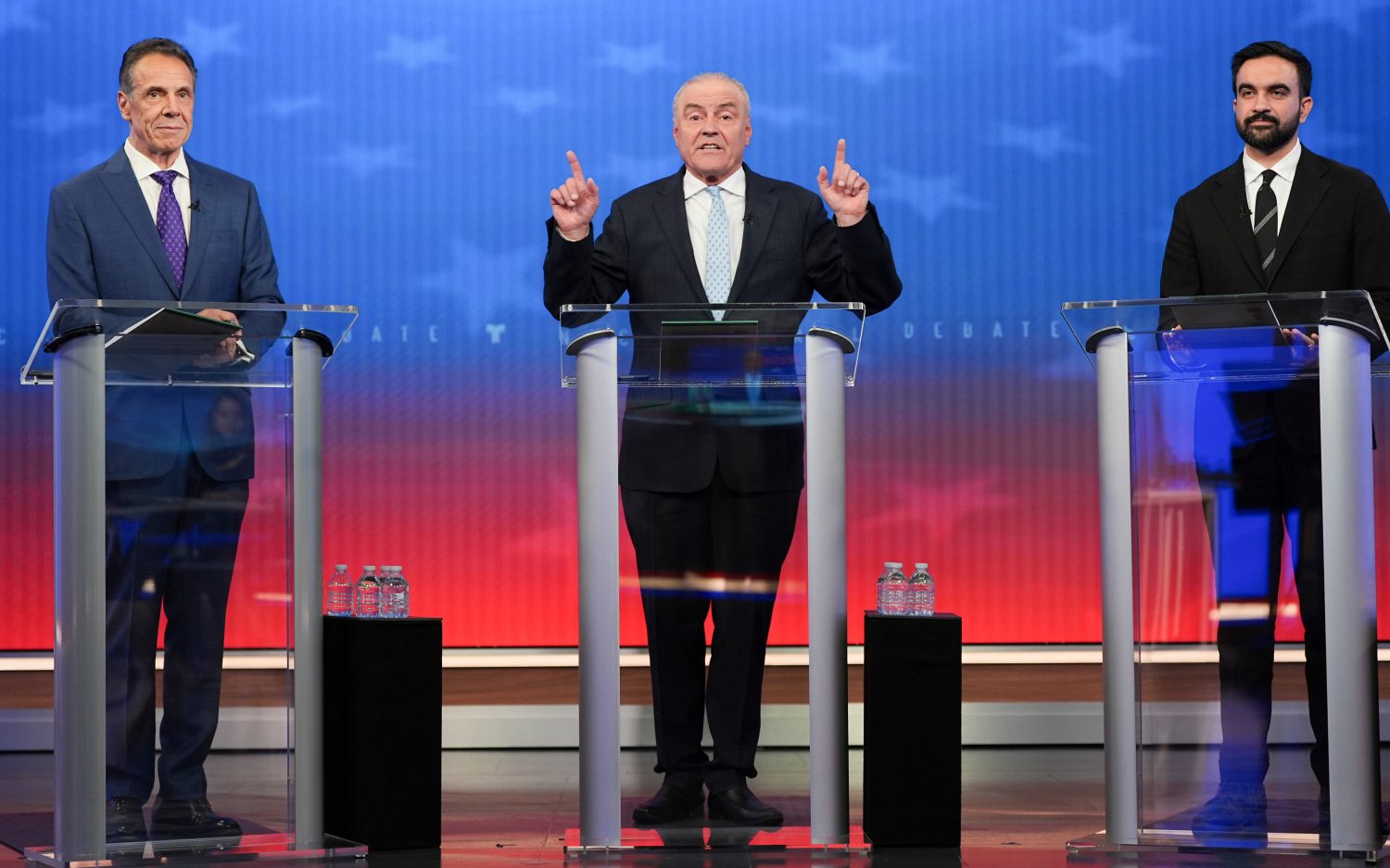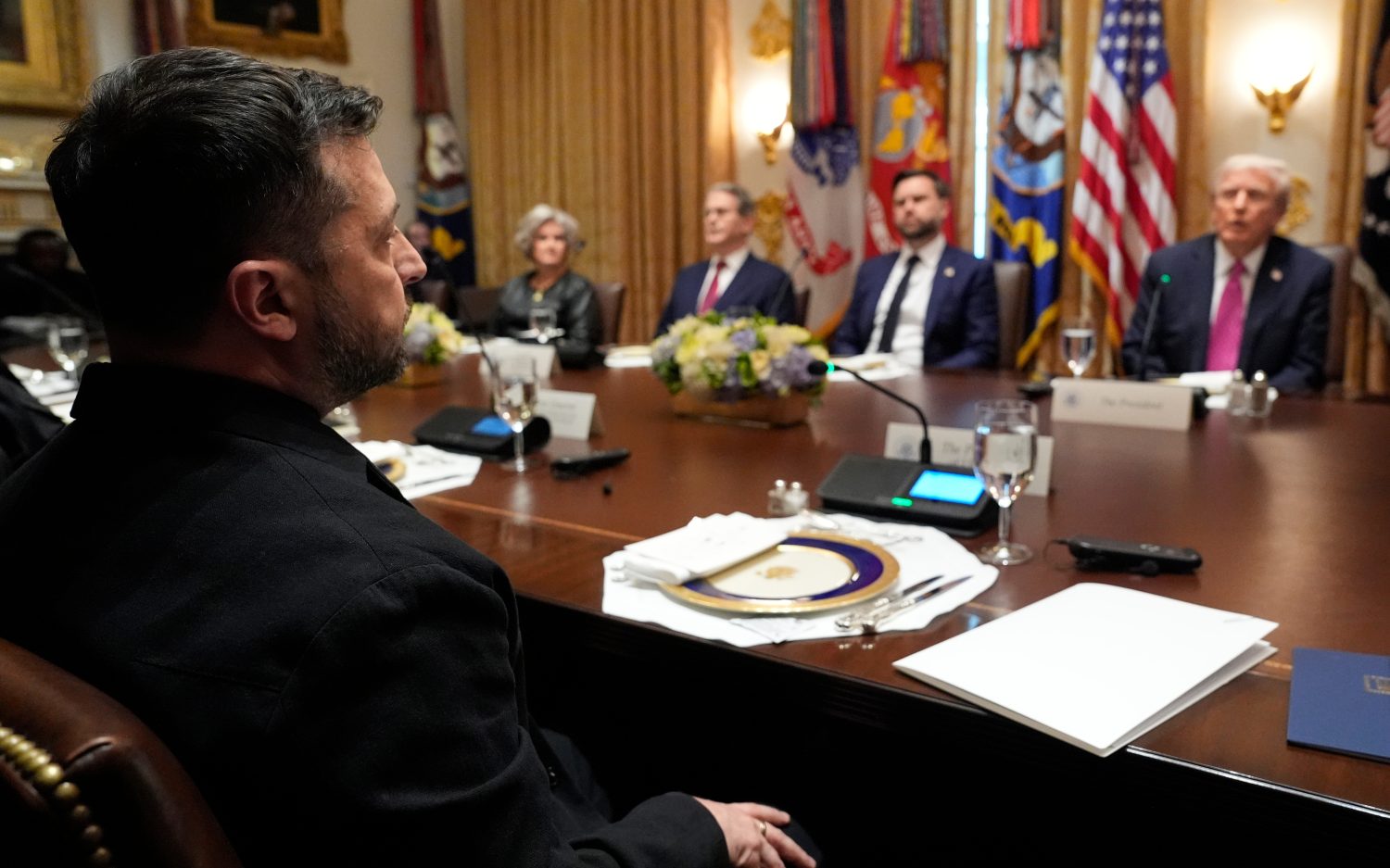Pentagon plans $108 billion in nuclear upgrades
The U.S. deterrent system is older than most of the service members who operate it
America’s nuclear arsenal is getting long in the tooth. The mainstay of the U.S. Air Force’s nuclear-capable bomber fleet, the B-52, first flew in the early 1950s. Four hundred Minuteman III Intercontinental Ballistic Missiles, designed in the early 1960s, sit in aging and decaying silos. And the youngest nuclear weapon platform, the Ohio-class submarine, was first commissioned in 1981—before many of the sailors operating it were born.
On Monday, Secretary of Defense Ashton Carter traveled to Minot Air Force Base in North Dakota, where many of those aging Minuteman III missiles are kept, to reaffirm the Pentagon’s commitment to modernizing its nuclear deterrent.
“If we don’t replace these systems, quite simply they will age even more, and become unsafe, unreliable, and ineffective,” said Carter, speaking to a group of airmen with a B-52 bomber at his back. “The fact is, most of our nuclear weapon delivery systems have already been extended decades beyond their original expected service lives. So it’s not a choice between replacing these platforms or keeping them; it’s really a choice between replacing them or losing them.”
Calling nuclear deterrence the bedrock of America’s security and the highest priority mission of the Department of Defense, Carter argued today’s security environment—while different from that of the Cold War—still requires sustained deterrence.
“It’s a sobering fact that the most likely use of nuclear weapons is not the massive ‘nuclear exchange’ of the classic Cold War-type,” Carter told the audience. “But rather the unwise resort to smaller but still unprecedentedly terrible attacks, for example by Russia or North Korea, to try to coerce a conventionally superior opponent to back off or abandon an ally during a crisis.”
Beginning what he called “the process of correcting decades of underinvestment in nuclear deterrence,” Carter said the Pentagon plans to spend $108 billion over the next five years to sustain and modernize the nuclear force.
But the process of upgrading and replacing the “nuclear triad” of bombers, ballistic missiles, and submarines likely will last much longer than five years. The Congressional Budget Office estimates the total cost of upgrading the nuclear force through 2024 at $348 billion, according to Reuters. And independent estimates have placed the 30-year cost of modernization at about $1 trillion.
“There’s a bipartisan commitment to doing that upgrade, so we have to assume those funds will come through,” Energy Secretary Ernest Moniz told Reuters. “But it will be a significant budget increase, especially in the next decade.”
Carter said most people don’t realize funding for the nuclear force as a percentage of overall defense spending is relatively small. Peak annual spending levels on nuclear programs would make up about 5 percent of the Pentagon’s annual $600 billion budget, according to Reuters, citing defense analysts.
An actual newsletter worth subscribing to instead of just a collection of links. —Adam
Sign up to receive The Sift email newsletter each weekday morning for the latest headlines from WORLD’s breaking news team.




Please wait while we load the latest comments...
Comments
Please register, subscribe, or log in to comment on this article.